Experience wellness at COMO Shambhala retreat in Bali
Rated among the world’s top wellness retreats, this property offers programs to develop better sleeping patterns, improve fitness and digital detox. Not to mention the stunning surroundings.

The expansive COMO Shambhala retreat, which dips down and around a verdant valley in Ubud, Bali, takes the wellbeing of its guests seriously but not over-earnestly. It’s not all mung beans and mumbo jumbo, but a firm and fun emphasis on healthy eating and activities that can be as moderate or full-on as each guest chooses. New this year is the concept of five Wellness Paths, multi-night experiences designed to “support health intentions”. In my case, the goal translates to developing better sleeping patterns and improved fitness.
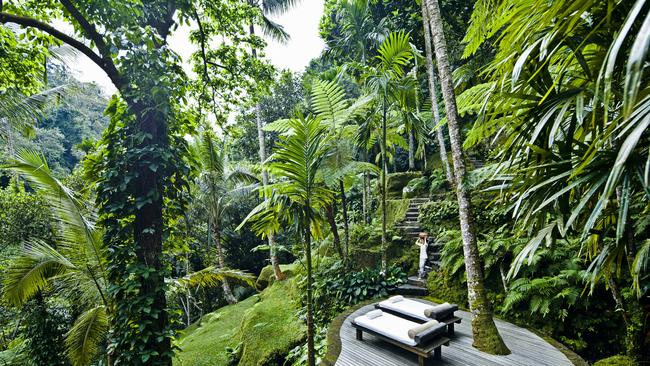
Regularly rated among the world’s top wellness resorts, the Singapore-headquartered COMO group took over management of the original estate, previously known as Begawan Giri, in 2005. Changing the focus from a rarefied celebrity hideaway to holistic health haven has worked well, with a high rate of returning guests and a slew of accolades.
An undeniable feature of the success story is feel-good eating, a hallmark of the COMO Shambhala Kitchen initiative, strongly based on whole foods low in salt and sugar and free of nasty additives. There’s a comprehensive selection of fruit and vegetable juices, and ingredients across all courses are organic, with a field-to-table provenance where possible.
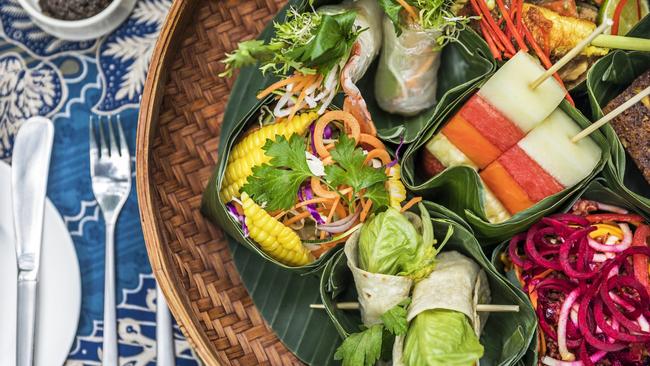
This is the practice at all COMO properties, and it isn’t nearly as earnest as it may sound. At the Ubud estate, breakfast and dinner are served at Kudus House (zucchini waffles are a revelation), and lunch and dinner at the cleverly named Glow restaurant, its look conceived by Japanese interiors architect Koichiro Ikebuchi. All the fare is wholesome and delicious, putting paid to that notion of nibbling only carrot sticks and lettuce leaves. Plant-based ingredients primarily feature but there’s plenty of seafood, lean meat and delicious soups.
Guests with requirements such as no gluten, dairy or nuts, are properly catered for. Kudus House, a rebuilt traditional residence from Java, is a particularly charming place to dine, with its nightly menus ranging across various provinces of Indonesia, and featuring their diversity of fragrant spices.
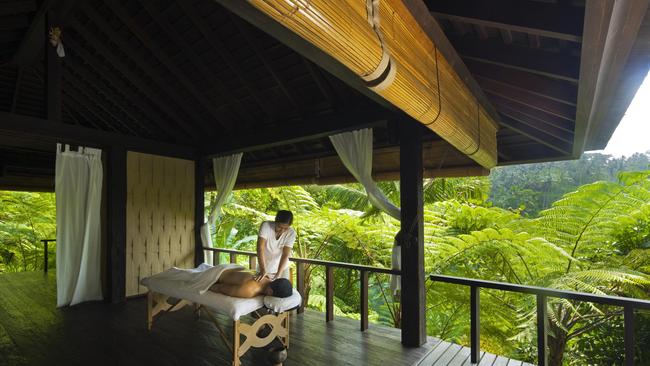
But I’m not here just to eat, no matter how virtuous the food. Back to what’s in store on those Wellness Paths. The plan is to work out a tailored program for each guest, starting with a consultation and diagnosis by wellness director Kimberly Rose Kneier, born in Canada and with comprehensive long-term experience in Hawaii and across Asia. There’s an option integrating all goals and a further four based on fitness; gut health and mental wellbeing; revitalisation and recalibration, and; perhaps most relevant to all of us, de-stressing and digital detox.
I’m not in residence long enough to properly achieve any major goals but do leave with a spring in my step, a desire to incorporate more plant-based dishes in my diet, and a promise to lay aside my phone and laptop in favour of meditation and just “being”.
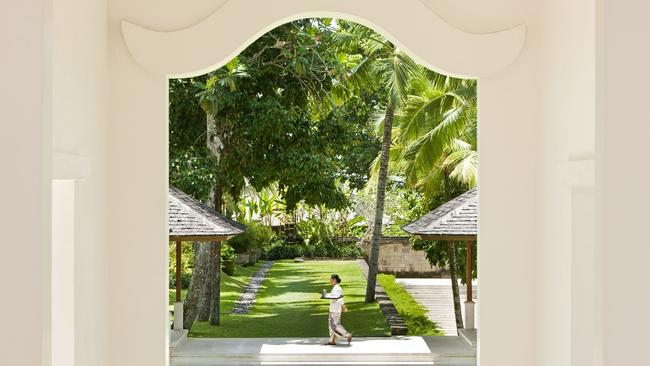
There’s a full spa as well with multiple treatment rooms, including pavilions in satellite locations around the grounds, for guests who prefer the more expected pampering treatments of hot stone massages, aromatherapy, anti-ageing facials and body wraps.
Ayurvedic doctor Prasanth leads the integrative medicine and naturopathy team, while more active pursuits include guided hikes through villages and rice fields and into deep gorges, plus mountain biking. Ubud is nothing if not vertical and calf muscles get a good workout, even if just navigating the resort facilities, let alone tackling the broader 9.3ha jungle domain. I count 300 steps down (and again back up) one rocky slope so pack proper walking shoes. And carry a bottle filled with soft, cool water provided from the estate’s natural spring.
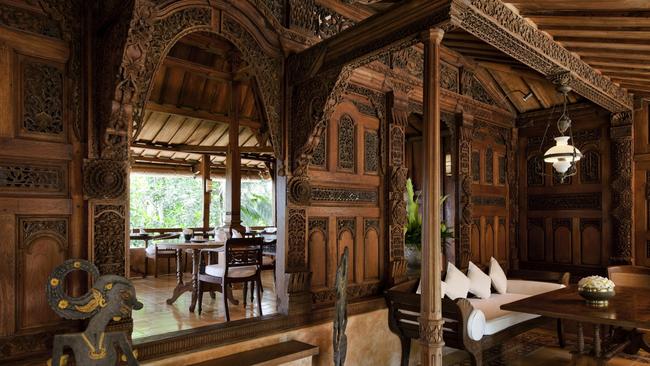
On a more sedentary level, meditation classes appear to be popular, and workshops in photography or Balinese dance classes are regularly offered. Creature comforts? Choose from 30 rooms, suites and villas, including five enormous “residences” of four or five bedrooms and a large shared pool with each. These spreads date back to the Begawan Giri era and their respective names translate to the likes of Clear Water and Forest in the Mist. My partner and I rattle around the latter and it’s indeed surrounded by greenery, like a magical faraway treehouse with a lovely sense of being removed from reality.

Its columns have been carved from local, and sustainable, Bingkirai teak trees, the roof is composed of ironwood shingles and the vast interiors, although comprehensively timbered, feel light and modern. Monkeys are about (but not too close) and the crisp, clear air invites deep breathing. The Ayung River surges around bends way below and a jacuzzi beckons. For most couples, pool villas with one or two bedrooms are an ideal choice, while the three-bedroom style has a fully equipped kitchen. And that name Shambhala? It means “peace” in Sanskrit. Nothing on Earth could be more appropriate.
In the know
COMO Shambhala Estate regularly runs retreat weeks featuring visiting therapists and experts in practices such as Tibetan Buddhism, pilates, yoga and life coaching. The property also has resident healers and experts overseeing daily programs. Basic packages include a daily choice of 60-minute massage, scheduled activities, and accommodation with breakfast. Check website for seasonal prices, scheduled retreats and special offers. Terrace suites with shared pool from $1137 a night for two with breakfast and wi-fi for dates in November. Book direct or check deals with Qantas Holidays.
Jo Makito was a guest of COMO Shambhala Estate.
If you love to travel, sign up to our free weekly Travel + Luxury newsletter here.

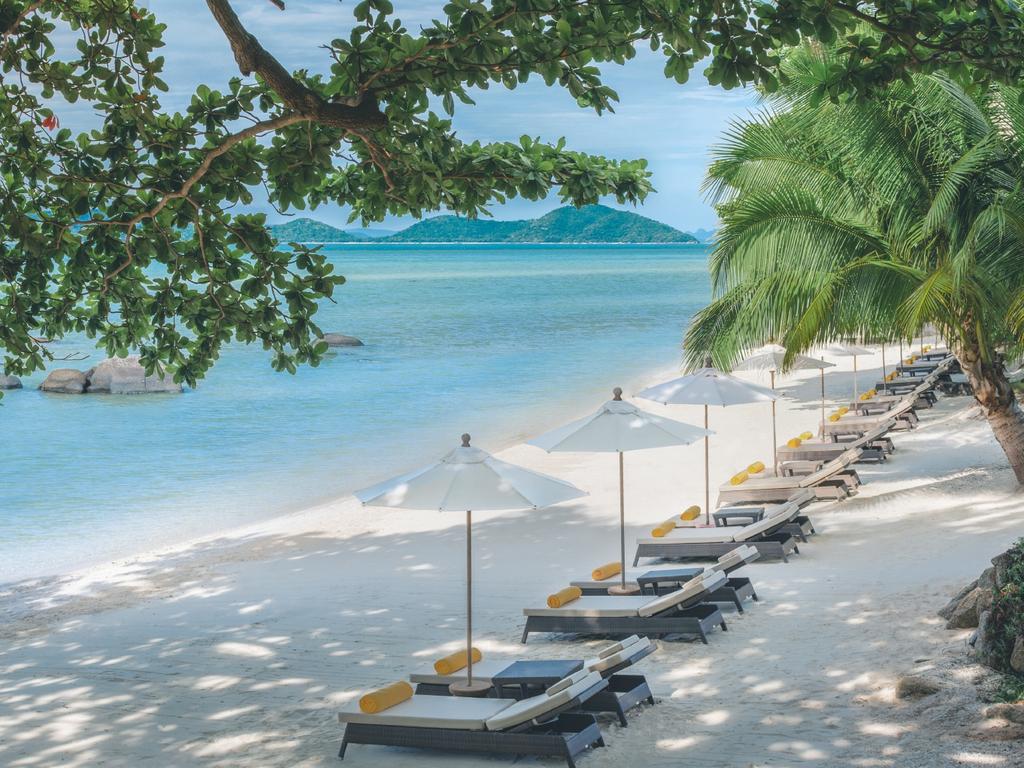
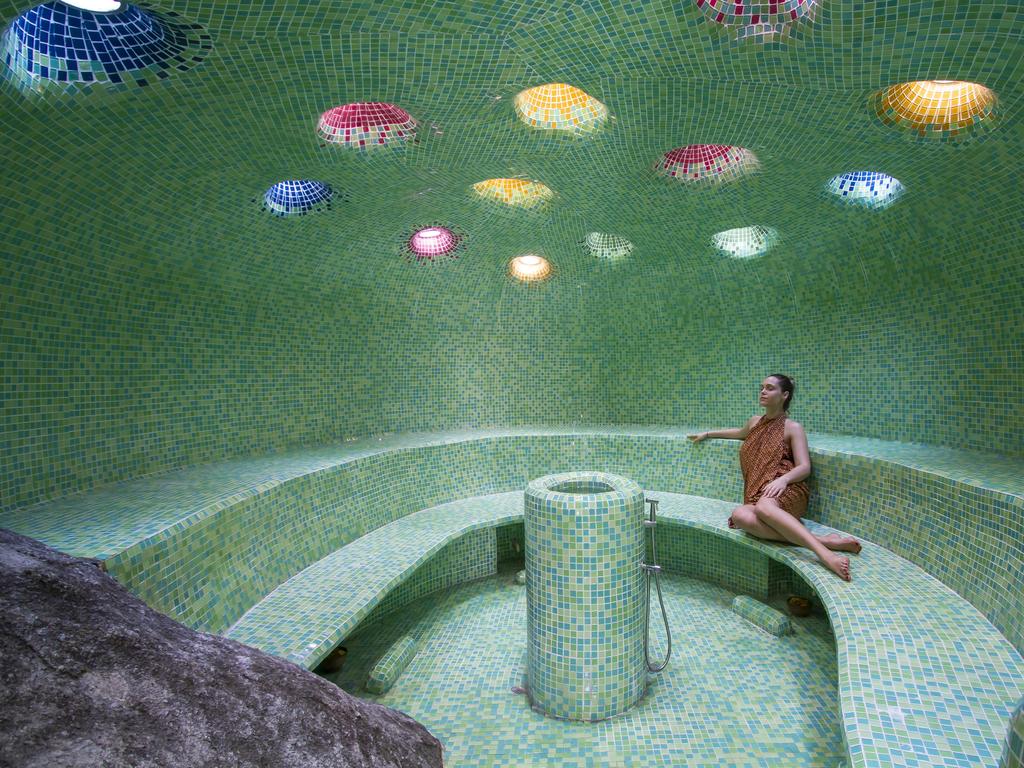
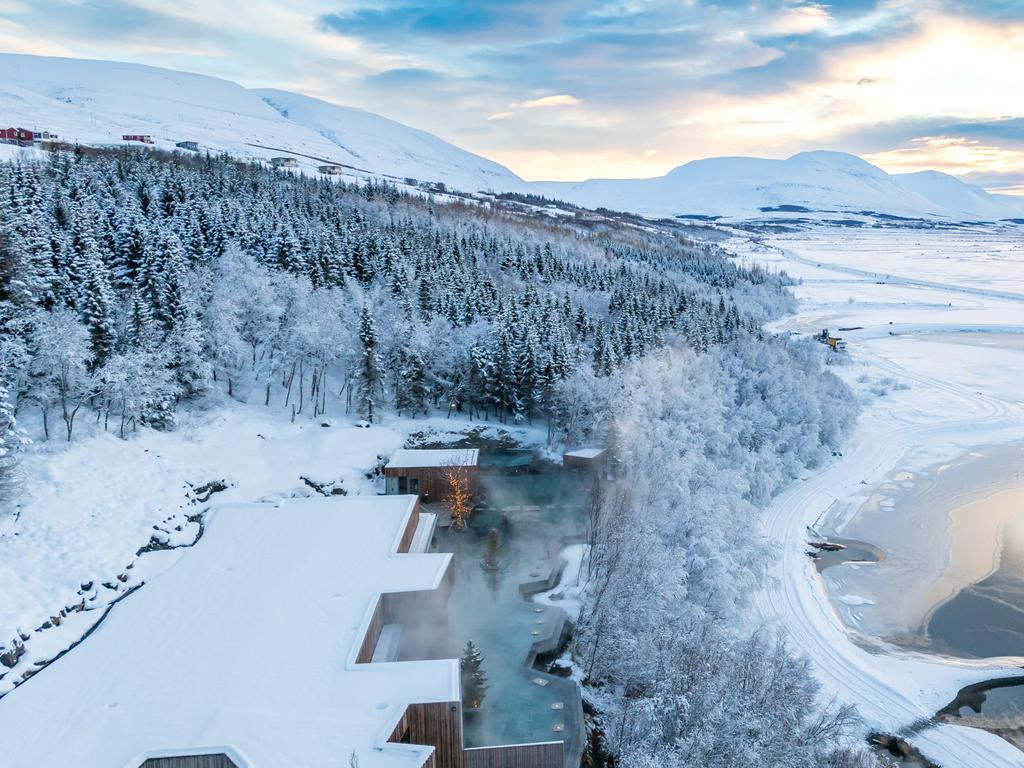
To join the conversation, please log in. Don't have an account? Register
Join the conversation, you are commenting as Logout